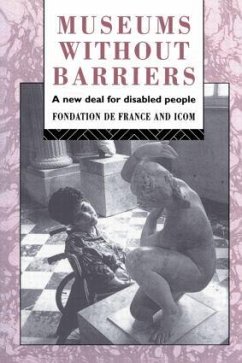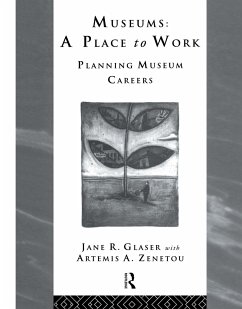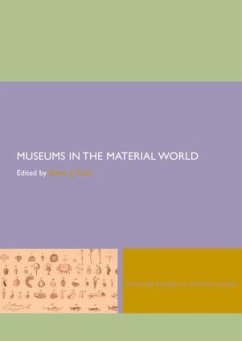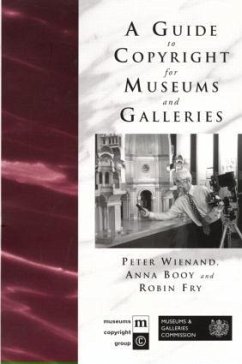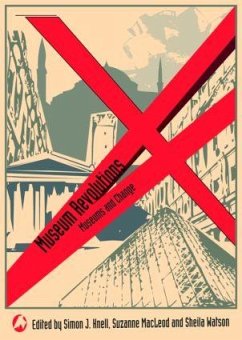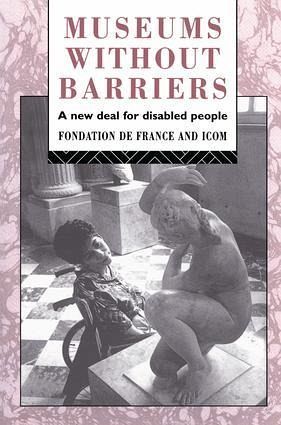
Museums Without Barriers
A New Deal For the Disabled
Herausgeber: Fondation De France; International Committee of Museums (ICOM
Versandkostenfrei!
Versandfertig in 1-2 Wochen
168,99 €
inkl. MwSt.

PAYBACK Punkte
84 °P sammeln!
This volume provides access to some of the best practice in the provision for the disabled, and sets out an agenda for future action in museums worldwide.





